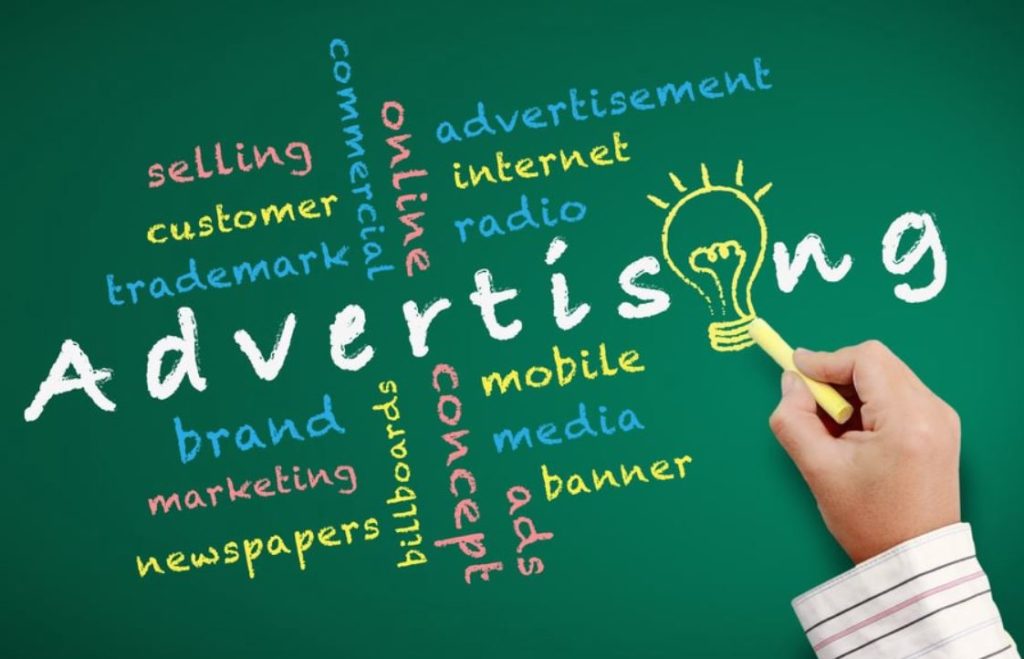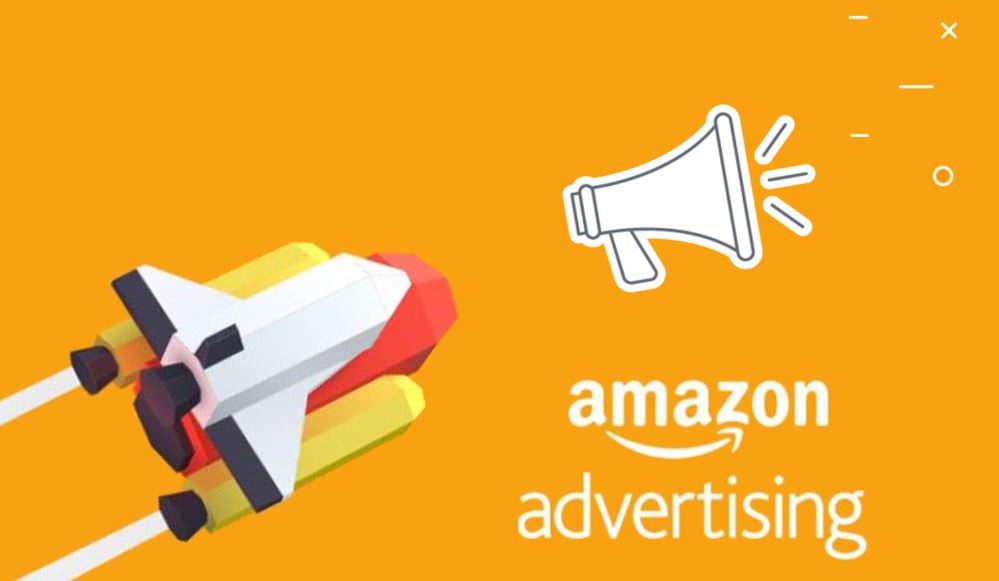1. The Strategies of Advertising

I say strategies in the chapter title for a reason. There’s more than one when it comes to Amazon ads, and we’ll look closely at each.
Failing to determine your exact strategy is a key reason for failing at ads. Following advice from an industry adviser who works to a different strategy than suits your circumstances is catastrophic.
And the shoe fits on the other foot, too. Giving advice as though there was only one way to do things and one purpose is just as bad.
Both happen. A lot.
But the purpose of advertising is to make a profit, right?
That’s too vague. That’s too wishy-washy. It doesn’t dig deep enough for success. And, if you’ve been reading this series from book one, you know that’s the motto. Dig deep. Find the truth. Question standard practice – seek best practice.
When we apply that mindset to Amazon ads, we find that there are four different strategies. You’ll see these four at play if you stalk, I mean study, successful authors and how they advertise.
You may not know what a successful author thinks, but you sure can see what they’re doing. Look at their ads. Where on Amazon are they advertising? What products are they advertising on? How high up the Sponsored Product carousel are they?
All these things give you a good idea of how big their advertising budget is and how much they’re bidding. Most of all, they tell you what strategy they’re following.
So, back to the point. Can Amazon ads be run for profit? You bet. Each of the four strategies has the ultimate goal of profit. But they get there in four entirely different ways. Which one will work for you?
Small-scale profit
This is the strategy of the beginner. It’s how to proceed when you’re learning the ropes and coming to grips with how Amazon ads work.
It’s also the strategy of those who have no long series, boxed set or large backlist.
The goal here is to advertise books and learn how to make a profit off those ads. It doesn’t matter if the clicks and conversions add up slowly. They can take weeks to accrue. In the end, if you’ve mastered this strategy, you’ll turn $10.00 a month into $12.00, or something like that. You’ll have a trickle of extra sales above organic levels. Life is sweet, because you’re making a profit even if it’s small.
But it sure isn’t any get rich quick scheme. It’s slow and steady. It’s also low maintenance.
I mentioned three important points above. Long series. Boxed set. And large backlist.
Not having these (or at least a very large standalone) is the limiting factor here. Without them, you’re forced into lower budgets, lower bids and consequently a lower volume of impressions.
There’s no way around this. Even if your books convert well (and we’ll go into conversions later) you need impressions to get clicks. And you need clicks to get conversions. It’s that simple.
This is neither a good thing nor a bad thing. It’s just reality. Budget and bid amounts are like a water tap. They allow you to turn on the water. In this case, the water is a stream of impressions. If you can only turn the tap a tiny bit, you only get a dribble of water.
A long series, boxed sets, a large backlist and a good conversion rate enable you to turn that tap around and around.
Writers fall into four main groups here. Those who choose to write in a long series. Those who choose not to. Those who are happy to, but haven’t because they didn’t realize the significance of the choice. And those who have only just started publishing, or thinking about it.
I don’t judge you whatever applies. Whichever camp you’re in, it’s your business and you have your reasons. You should know the consequences of those choices though.
If you can’t turn on the tap, the best you can do with Amazon ads (and any other ads) is a slow trickle. And even that will be hard.
There are other ways to get visibility besides ads. For instance, permafree. But those methods work better with ads too.
In short, the small-scale profit model is certainly doable. But it’s very hard. Choose it if your artistic spirit refuses to bow to commercial pressures (and you won’t get more commercial than competing for visibility to sell on Amazon) or as a preparation to learn the ropes so that as your publishing career expands you’re ready to move onto different advertising strategies.
Whatever you chose, whichever camp you fit into, the rest of the information in this book about how ads work will position you to make the most of your specific situation.
For what it’s worth, my personal choice is to write in a longer series. My genre is epic fantasy, which is the true home of trilogies, and trilogies is what I’ve mostly released. But readers love a fivebook series, or more, just as much. That’s the direction I’m moving into when my current series is finished. It’s a business decision (because I’m a fulltime writer) but it doesn’t disturb my artistic side in the least.
But that’s me. What you do is your choice. I’m just making sure you’ve got the information at your disposal so you can make an informed decision.
Having made that decision, make sure you apply the correct advertising strategy. If you only have a few books, and they’re not in a series, following some of the other strategies will torch your money.
If you’re following advice from an industry source, make sure their advice isn’t one-size-fits-all. If it is, that’s a warning bell, and I suggest you run like a gold-laden cargo ship fleeing the Black Pearl…




